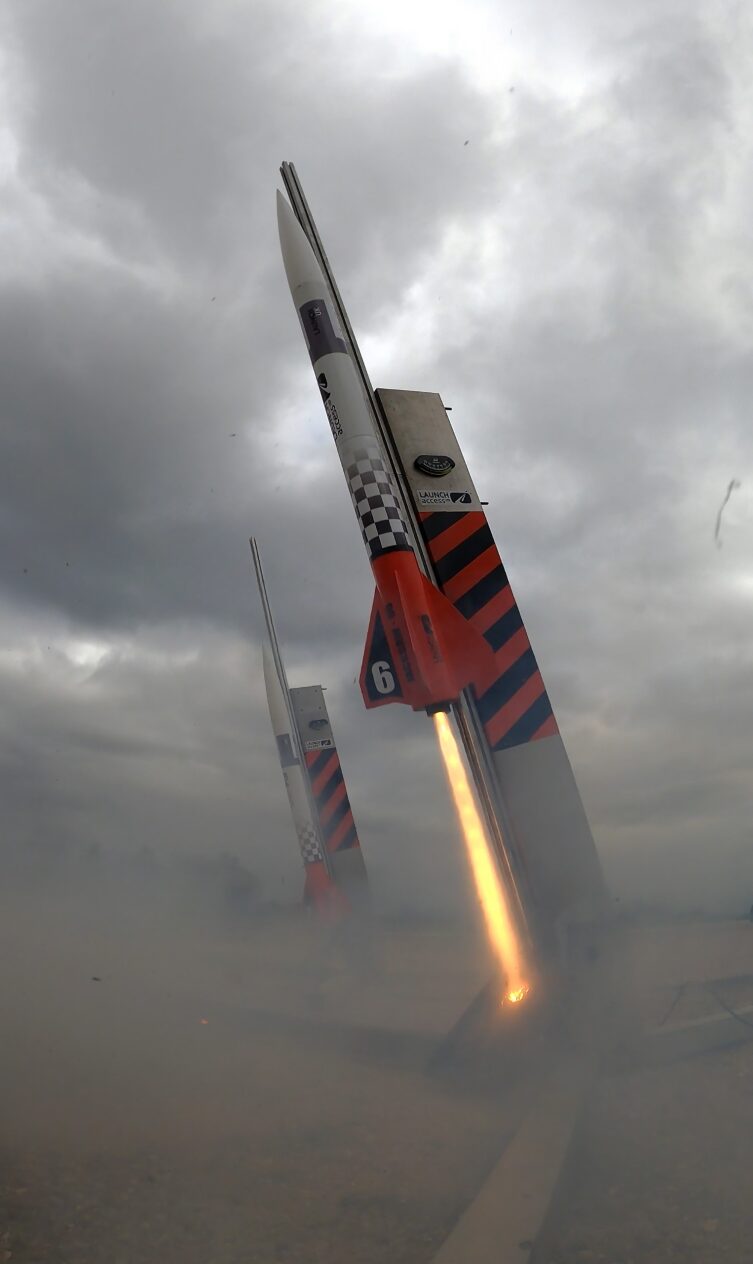Our team recently participated in the CanSat Nationals at the National STEM Learning Centre at York University, where we had the opportunity to finally launch our can. The core objective of our CanSat was to gather stereo images throughout its descent, using these captures to infer depth estimation through a tailor-made machine learning algorithm, developed and trained for this very task.
Launch report
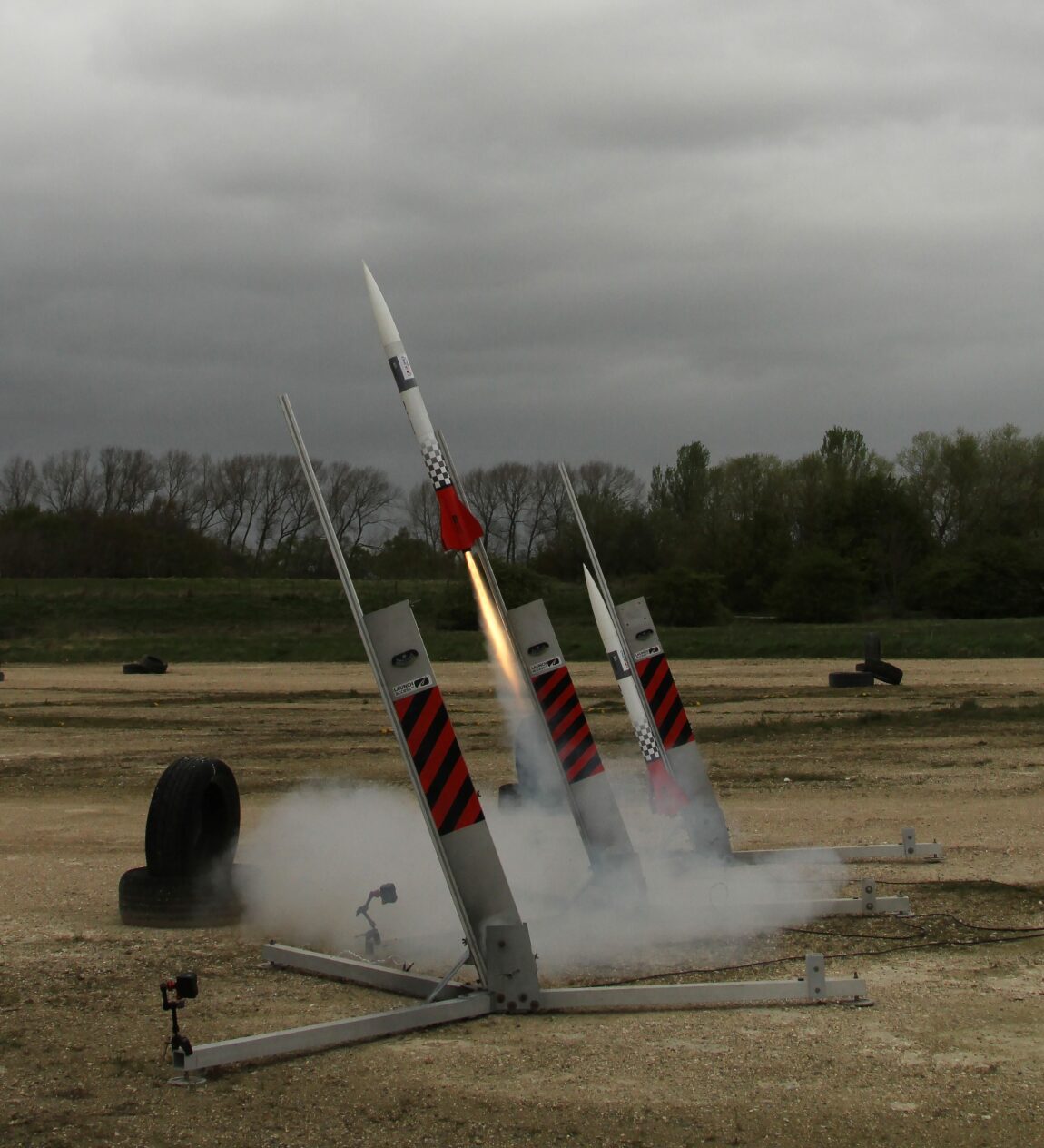
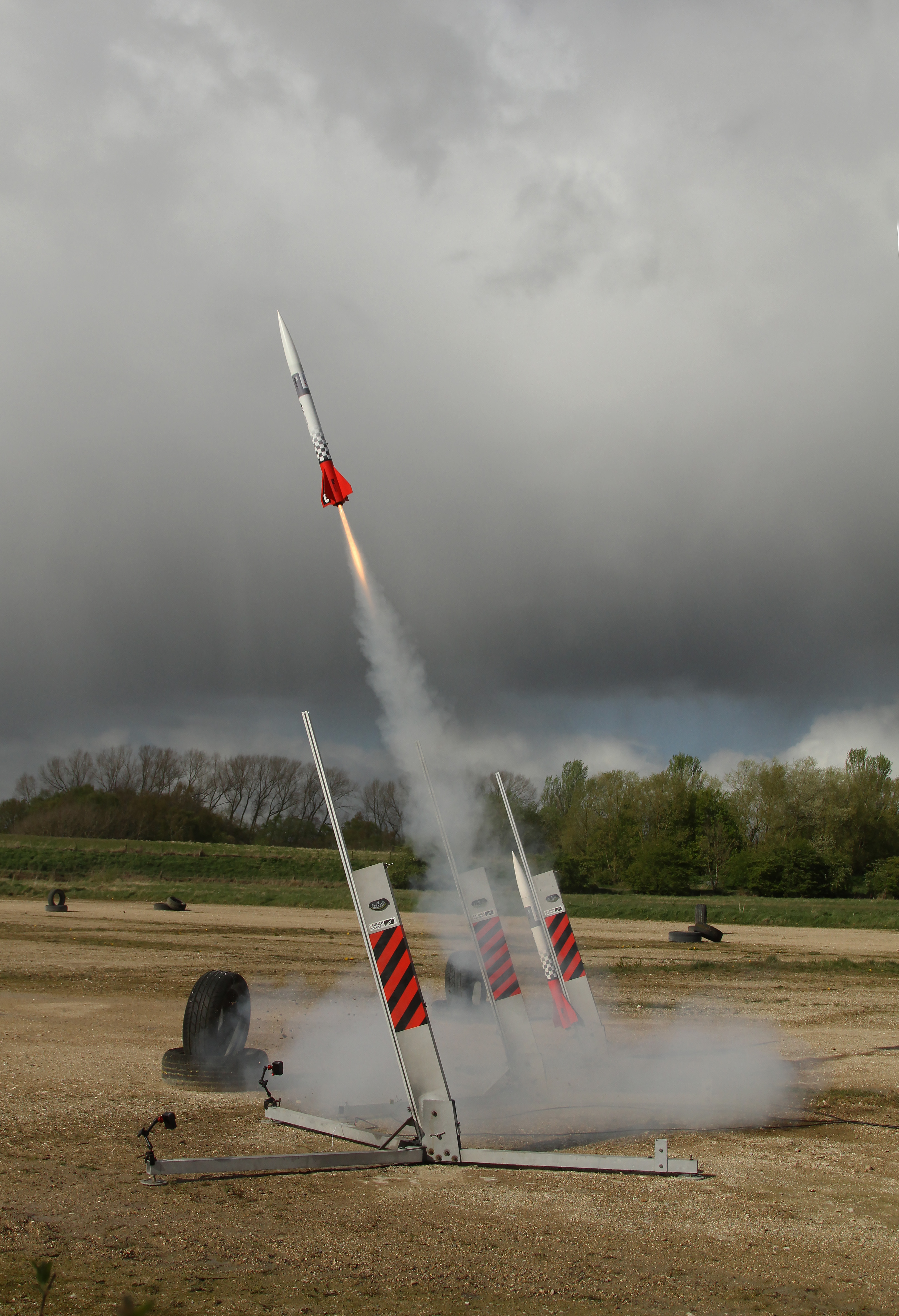
We are pleased to report that our CanSat fulfilled its mission criteria. Despite facing a setback with the regional launch due to unfavourable weather conditions, everything went according to plan when we finally got the chance. The parachute deployment went smoothly, and our CanSat captured the intended images and primary mission data.
Diving into a project as ambitious as this, we were ready for some setbacks along the way, and they certainly made their appearances. One of the more significant challenges was the longer-than-expected delay in capturing images, which resulted in us having fewer photographs of the ground than we initially hoped for. We also ran into an issue with getting our two cameras to synchronise perfectly, causing the images to be mismatched. Plus, the exposure settings on the cameras were set too high, leading to overexposed images. In the brightest areas of these images, colour data was unfortunately lost as the pixels were saturated, resulting in pure white regions.
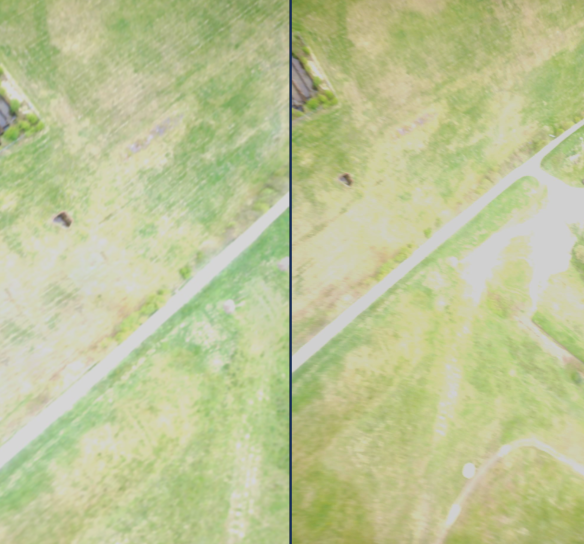
Despite these hurdles, we managed to rescue a segment from an image pair that proved viable for deploying our machine learning algorithm. While there were still some exposure issues and the top of the right image had some motion blur, the shots were captured closely enough in sync. Impressively, the algorithm performed well on the usable section (bottom right) of the image pair, affirming the efficacy of our depth estimation approach.
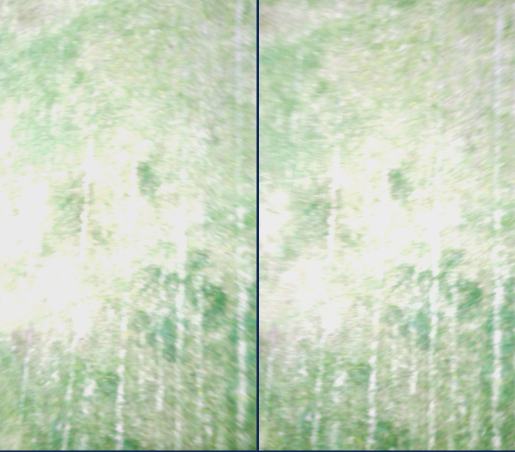
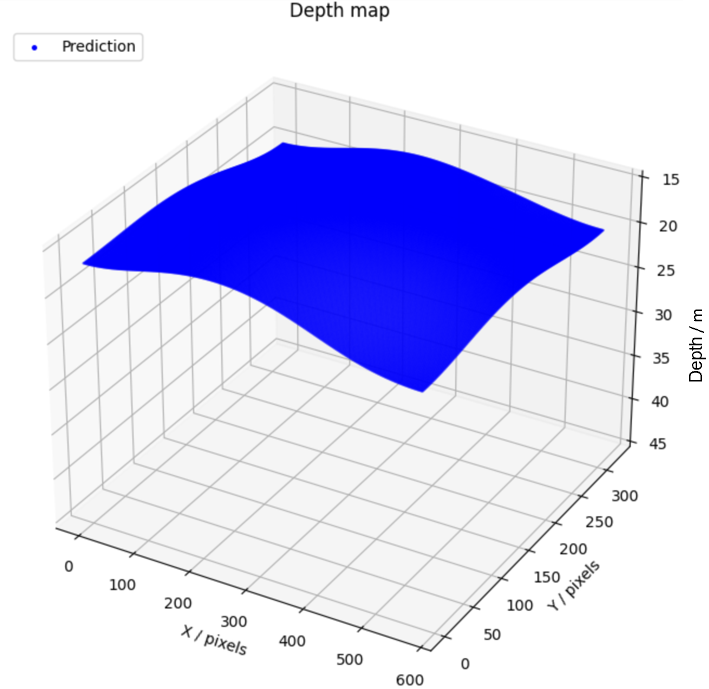
In the end, our can made it out unscathed, with all electronic components in working condition and with the 3D print in top shape. The combination of our robust design and strategic pick of materials was key, successfully shielding the internal workings. This outcome clearly shows that, despite concerns about the durability of 3D printed parts, they are more than capable of meeting a challenge like this head on.
Results
Our project won first place at the CanSat Nationals, outperforming ten other talented teams. This achievement marks the beginning of an exciting new phase: representing the UK in a celebration event at the European Space Research and Technology Centre in the Netherlands.
Looking back, we've gained valuable insights from this experience. Notably, we've pinpointed enhancements in our technology stack, such as fine-tuning camera settings to minimize exposure issues and ensuring the synchronization of the image capture process across dual cameras. These insights have not only contributed to our current success and sharpened our problem-solving skills, but also set a new standard for our future endeavours.
